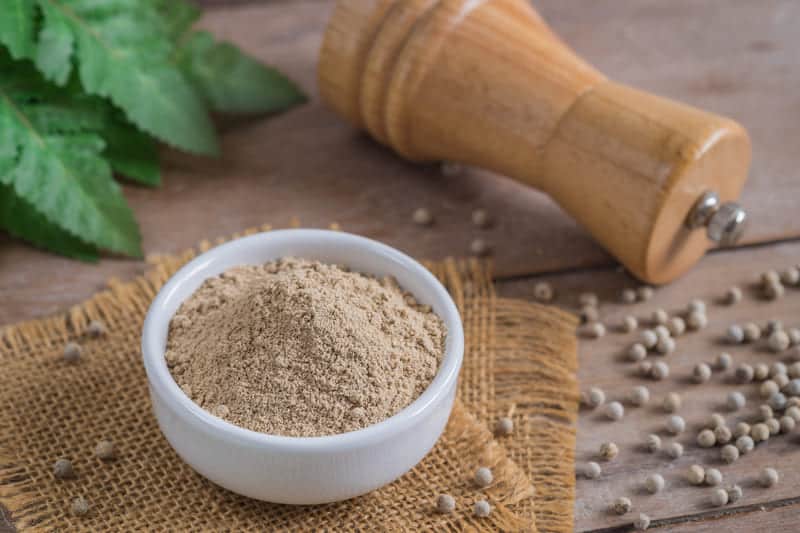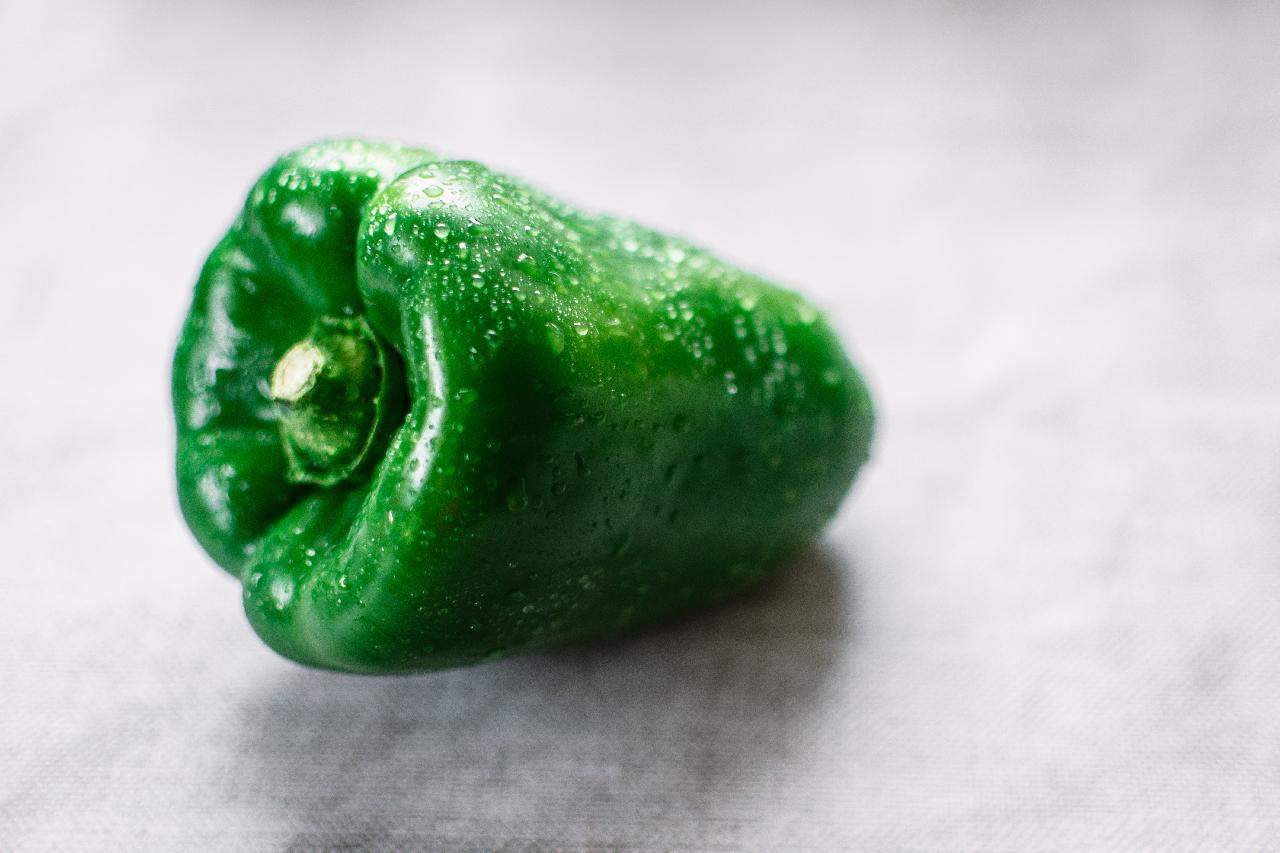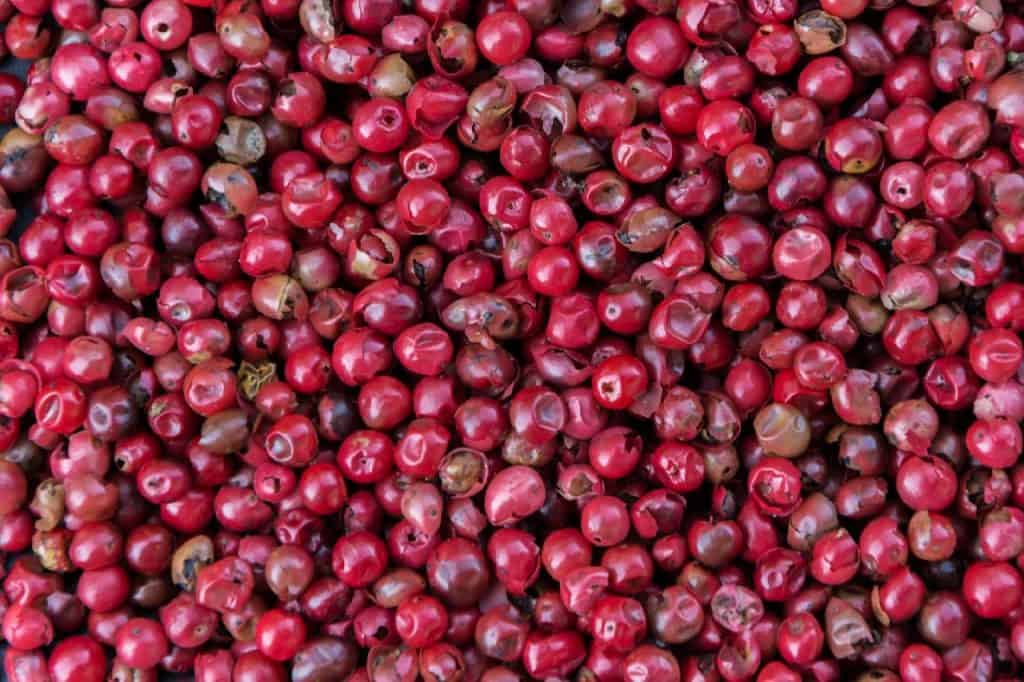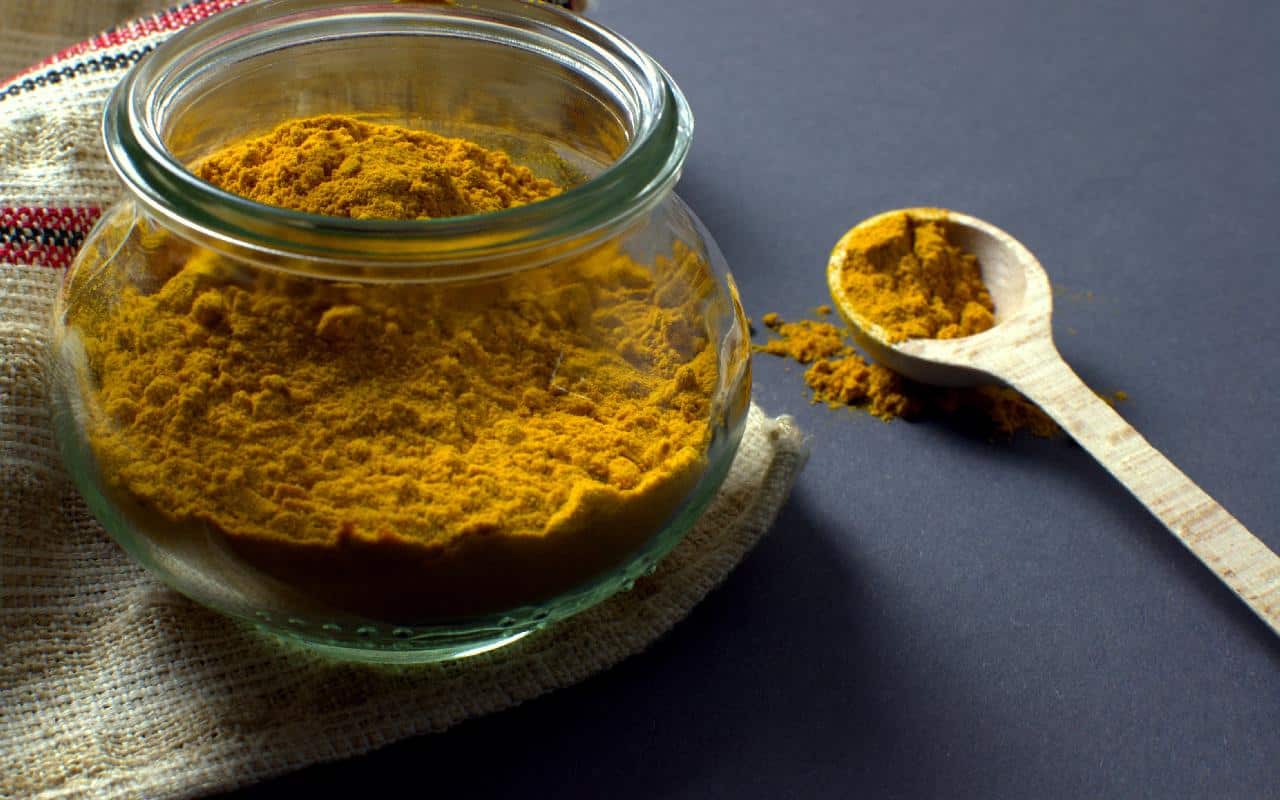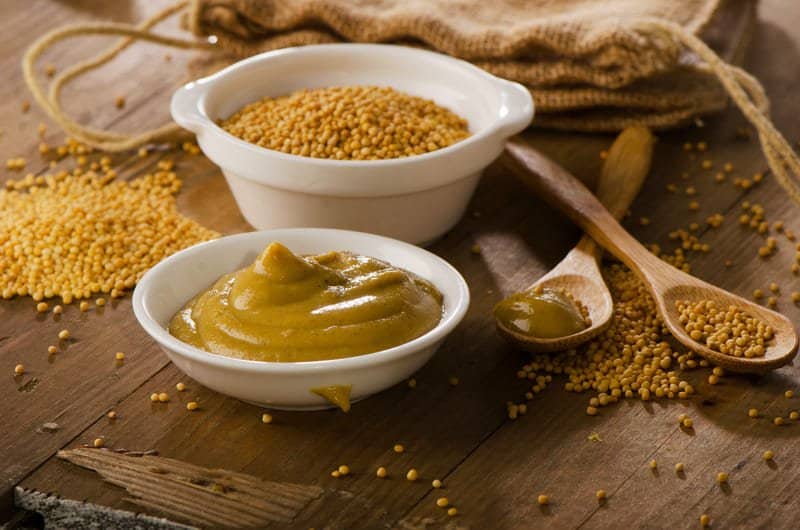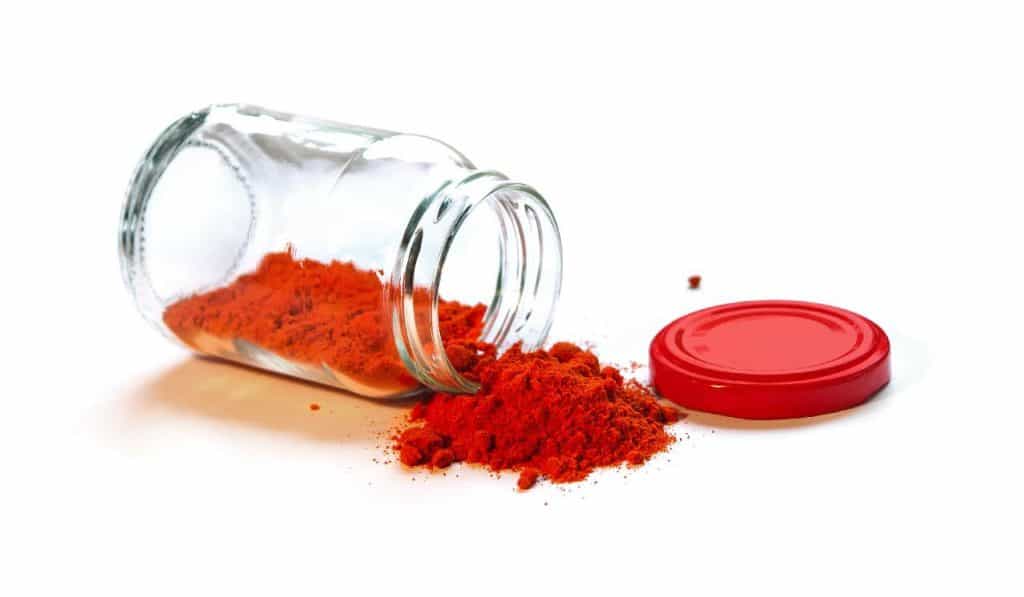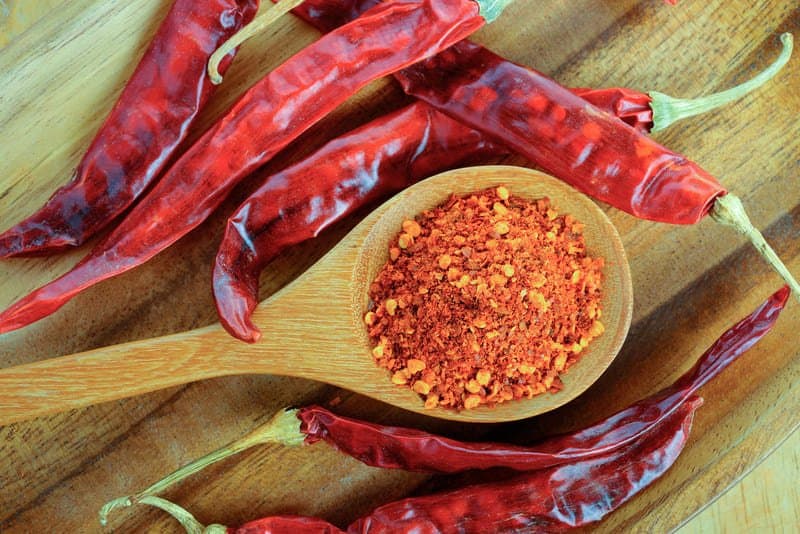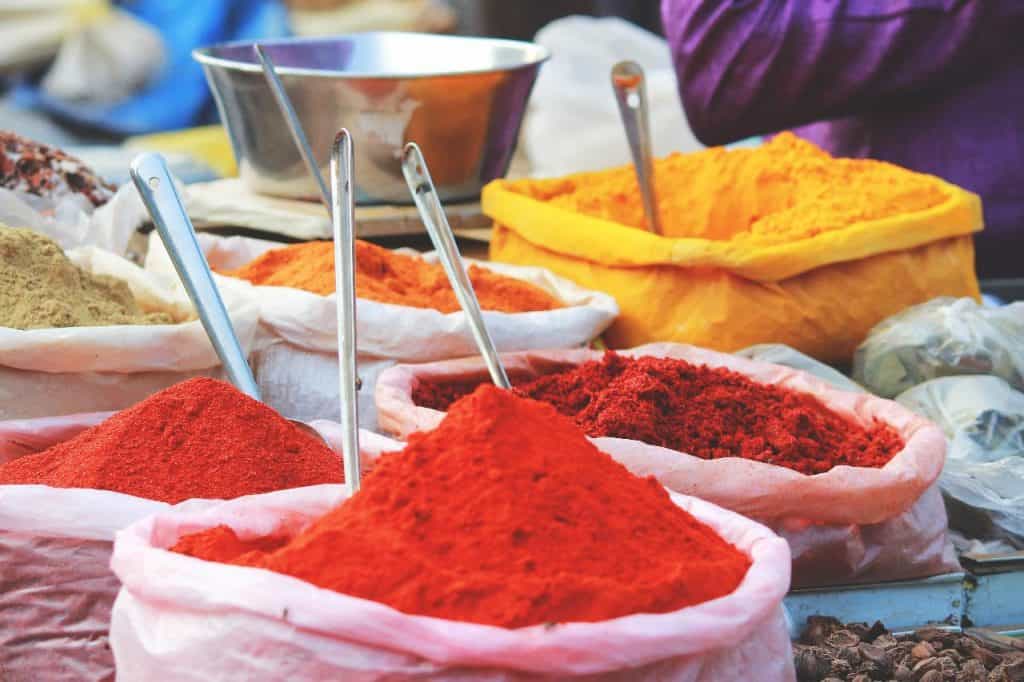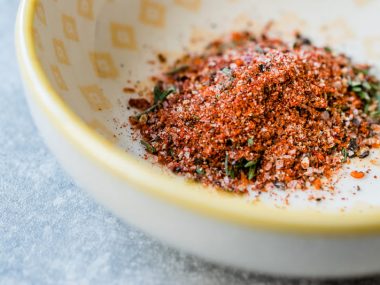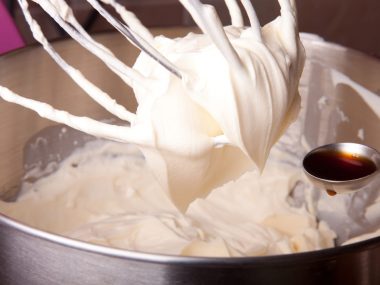We like to use our white pepper when we are cooking up some white soups, cream pasta, and even dips especially this winter season. It is also one of the top condiments during meal times if you like to spice up the dish.
White pepper never fails when you need it the most, but what if you run out of it last minute? There’s nothing to worry about and no need to rush again to the grocery store.
White Pepper Substitutes
For sure by the time you run out of white pepper, you have more backup choices to choose from. Let’s take a look at how these 10 spices can work wonders by substituting white pepper in your dishes.
1. Black Pepper
The reason why cooks use white pepper is to keep the dish clean especially when cooking white or cream-based dishes. However, if you don’t mind some pop of black dots on your soup, black pepper is just fine to use. It offers the same taste, aroma, and spice just like white pepper. This is your safest bet for an unnoticeable substitution.
2. Green Pepper
When doing this substitution, I prefer my green peppers dried. Then, I manually pound them to get all that aroma and flavor in the dish.
It also works when just using fresh green peppers and just chop it into thin cubes, depending on what recipe you’re making. It’s perfect for stir-fried dishes and even for stews.
3. Pink Pepper
Pink pepper is also an ideal pick when substituting white pepper. It’s brighter compared but you won’t notice the color difference when it’s added to the dish since it blends perfectly well.
You’ll get the same aroma, heat, and taste. However, in some areas pink pepper might be scarce. So make sure you know your nearby specialty spice shops to get your stash of pink peppers.
4. Ground Ginger
When any variants of pepper are nowhere to be found, ground ginger is another alternative you should try considering. A teaspoon or two should work depending on how large is the dish that you’re making. If you don’t mind the extra hint of yellow color, then go ahead. It adds more heat and aroma, plus the taste is not too overpowering. Perfect to use for soups and stews.
5. Turmeric Powder
Just like ginger, turmeric powder is also a great substitute packed with health benefits. It’s a natural antioxidant and anti-inflammatory spice. You’ll find milder to strong variants to choose from based on your taste. You can buy ready-made powder or manually pound turmeric.
6. Ground Mustard
Ground or whole mustard is also a perfect substitute for white pepper. Similar to ginger and turmeric powder, it also adds a hint of yellow color to the dish.
But, it offers the same spice effect and mild heat that your dish totally needs. Also, its flavor is also mild so you won’t really taste any difference when doing the substitution. The flavor can be a bit sharper than white pepper if you like a bolder flavor profile on the dish.
7. Paprika
If you like to step up the spice in your dish more, paprika is a great addition instead.
White pepper can be too mild for some and a little kick of heat won’t hurt. Paprika is one of the mildly hot spices that you can use when you’re trying to venture out on spicy food.
You can opt for a ready-to-buy paprika powder or pound some dried paprikas at home for that extra freshness. Keep in mind that your dish will have that light red hue with paprika.
8. Cayenne Powder
If the heat of paprika is too amateur for you, level up with some of that cayenne powder.
You can find different variants in the market from the mildest to the spiciest. If you’re new to this spice, start a little of it until you’re comfortably spicing it up as you go.
Cayenne powder is a diverse spice that goes well with almost any type of dish. I like using it with stews and stir-fried dishes.
9. Flavored Pepper Mix
At times white pepper can be too plain or boring to the palate. Bring some color and joy to your dish by venturing out to flavored pepper mix.
In grocery stores, you’ll find an array of choices like salted pepper, garlic pepper, lemon pepper, and even the Cajun mix. It’s up to you which flavor suits your taste the most. This type of pepper mix saves you more prep time when cooking since you’ll get two flavors in one go.
10. DIY Spice Mix
Skip the basic white pepper seasoning that you always use and experiment with the following recipe just for you. If you have time and interest to try out new flavors, we are teaching you how to blend a “No Salt Spice Mix”.
Ingredients:
- 2 tbsp of white pepper
- 1 tbsp of paprika
- 1 tbsp of parsley
- 2 tbsp onion powder
- 2 tbsp garlic powder
- ½ tsp cayenne pepper
Instructions:
Mix all the spices together evenly. After, store the newly concocted spice blend in an airtight jar for future use.
FAQs
What’s the difference between white and black pepper?
Both peppers are harvested and processed differently. Also, the flavor profile is slightly different. Black pepper is stronger and has more heat compared to white pepper which is milder and earthy.
Is white pepper more expensive?
Compared to black pepper, it’s slightly more expensive because of the lengthy process it goes through. It involves some specific procedures to achieve that perfect white pepper.
Is white pepper similar to cayenne pepper?
Nope, it’s totally different from one another. Cayenne pepper belongs from a different plant family from the capsicum annum while white pepper is from the family of Piperaceae.
Is eating too much white pepper bad?
Any food that is taken more than the required dosage is not good for the body. You are only required to take a maximum of 20 mg of white pepper in your food to maintain a healthy diet. Anything more than that is strongly discouraged.
Is white pepper good for the heart?
Any type of peppers is packed with anti-inflammatory properties that help combat heart diseases. A healthy dose of white or black pepper in your dish helps to nourish a healthier heart.
White pepper as common as it gets, it’s always possible to run out of it in our kitchens. With the fast-paced world, we currently live in, tracking how much white pepper we have can be missed easily.
The good news is that you can find a great number of substitutes that you can use whenever you run out. It saves you all the headache, time, and effort in driving to the grocery store.
So what’s your favorite white pepper substitute from the list? Share it with us in the comments below.
